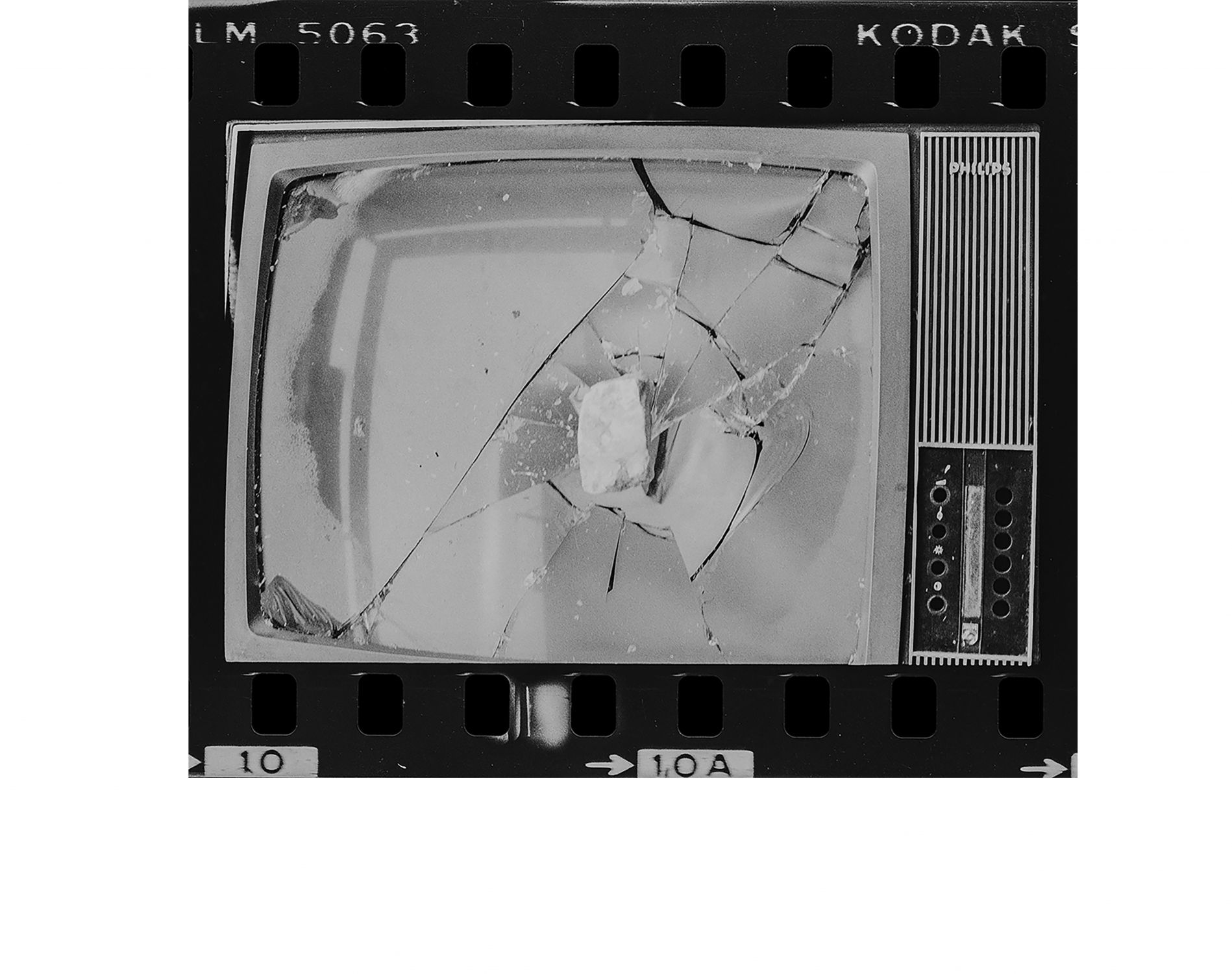Equinox
Christian Thompson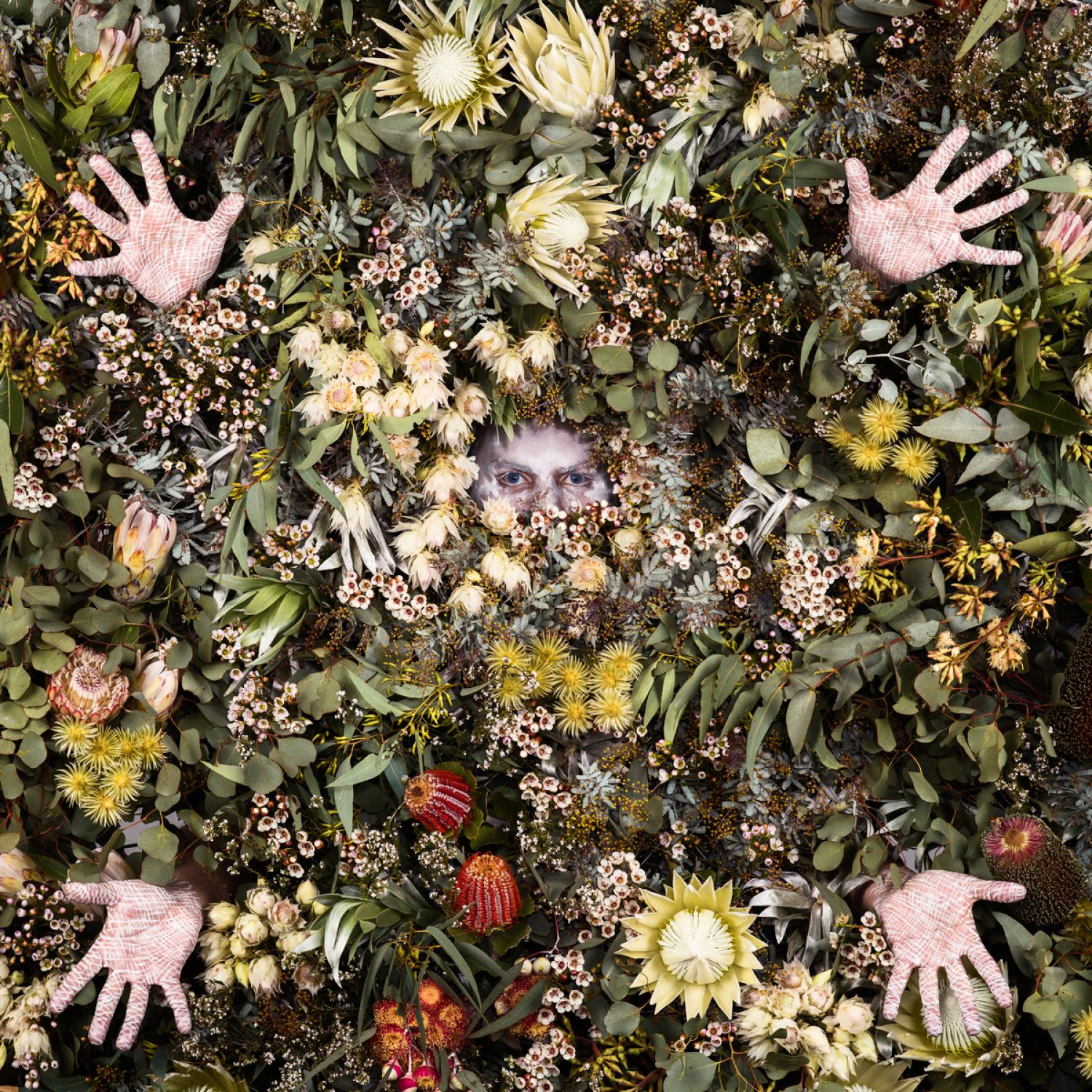
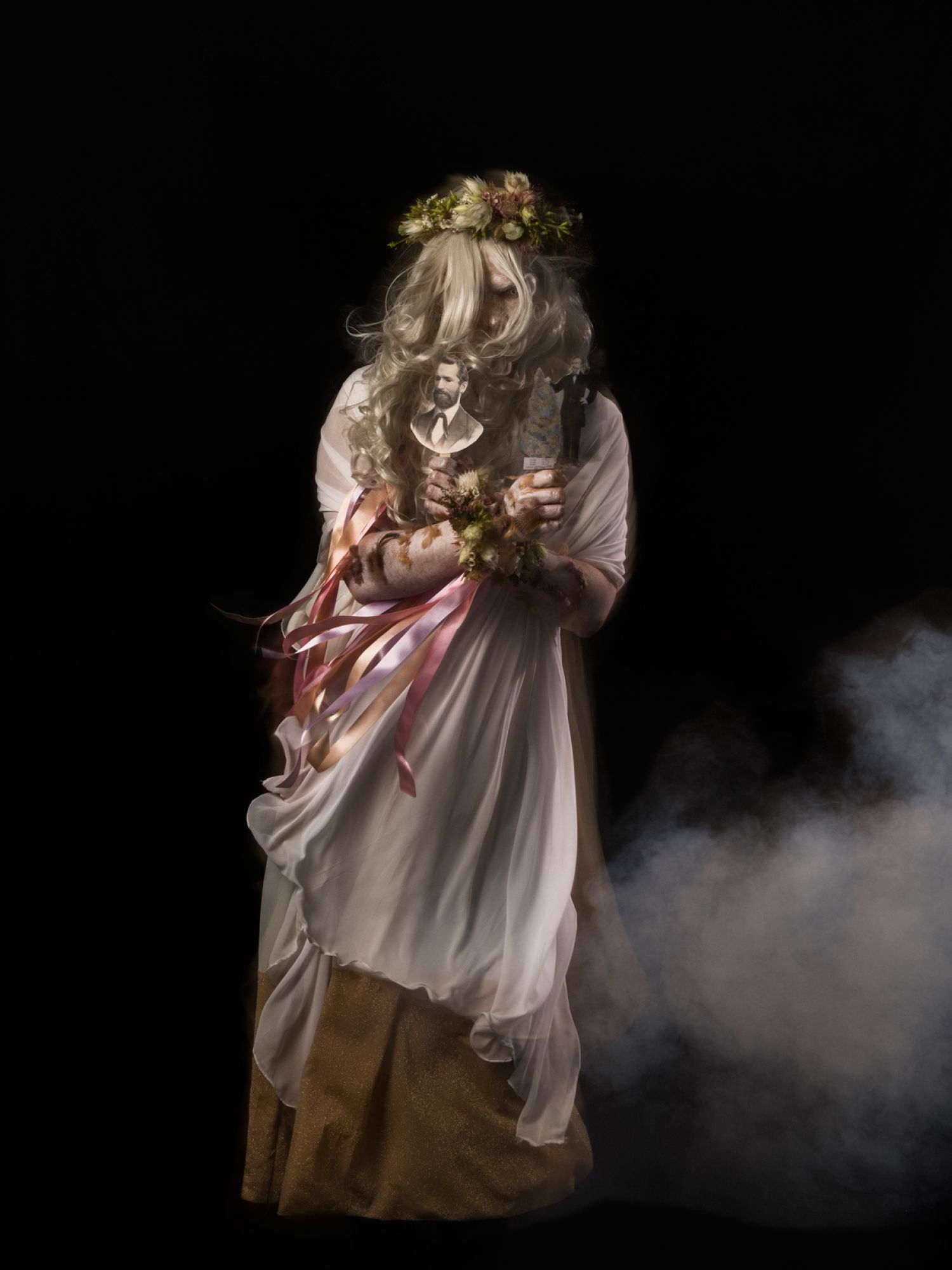
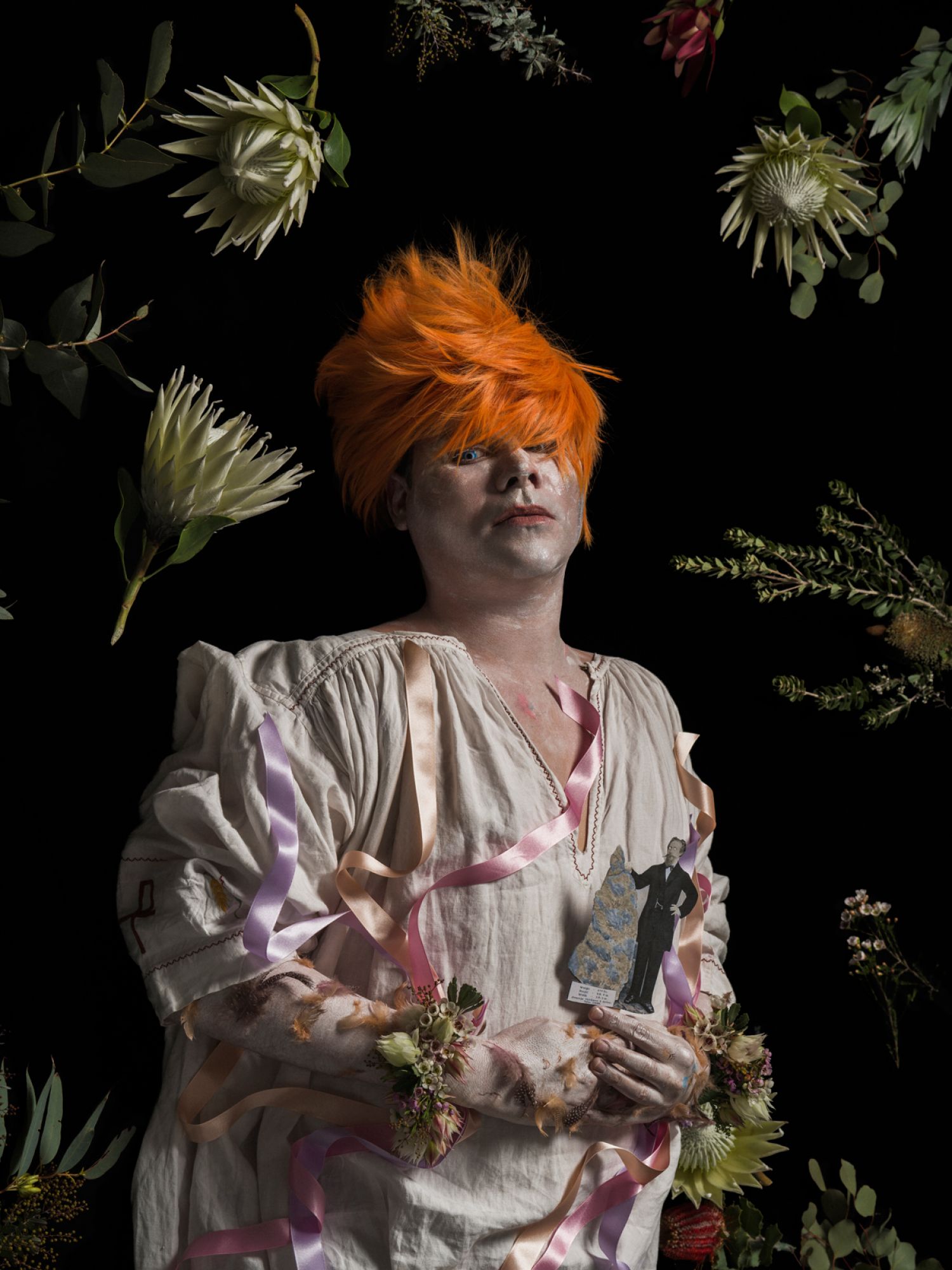
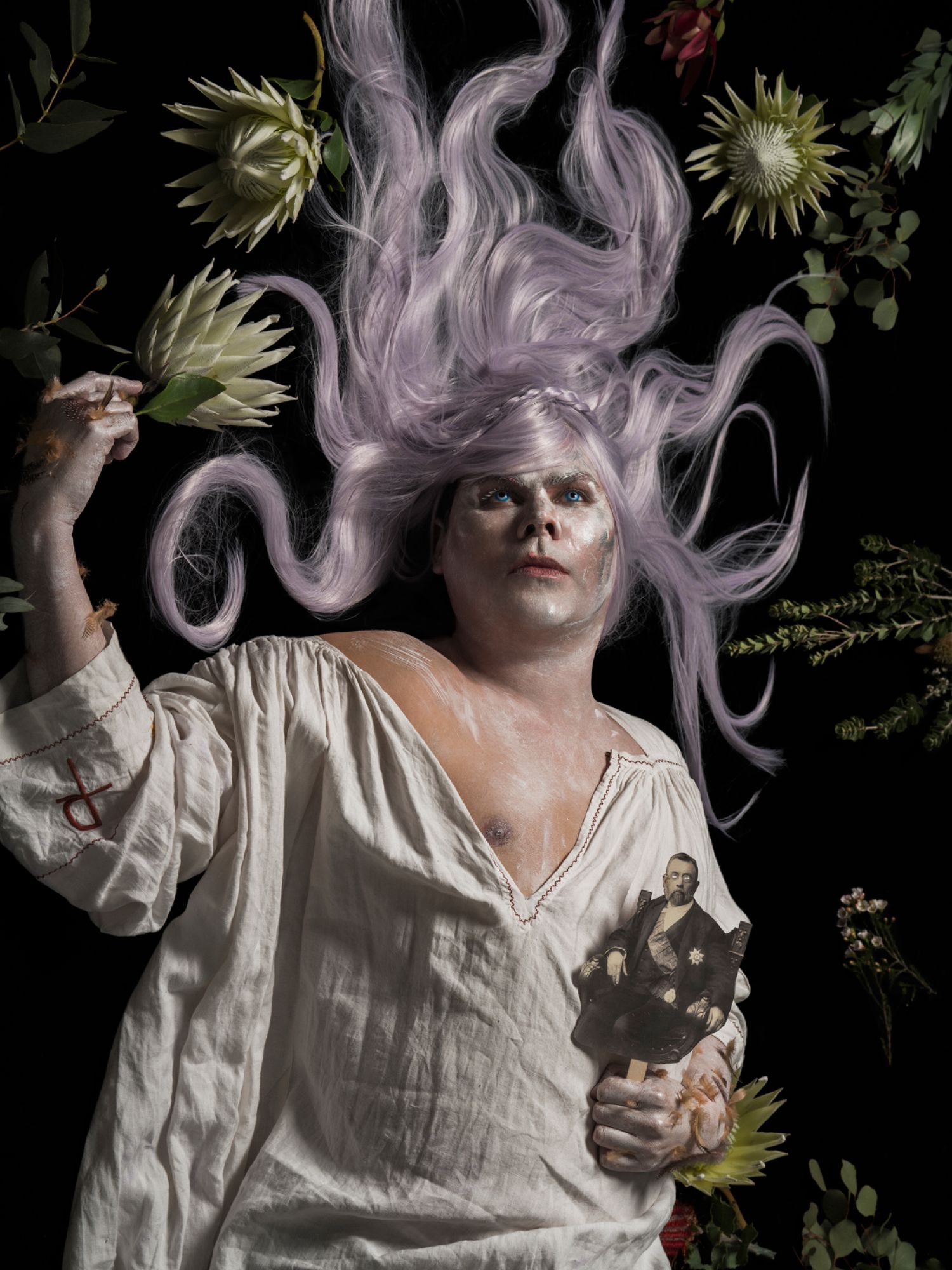
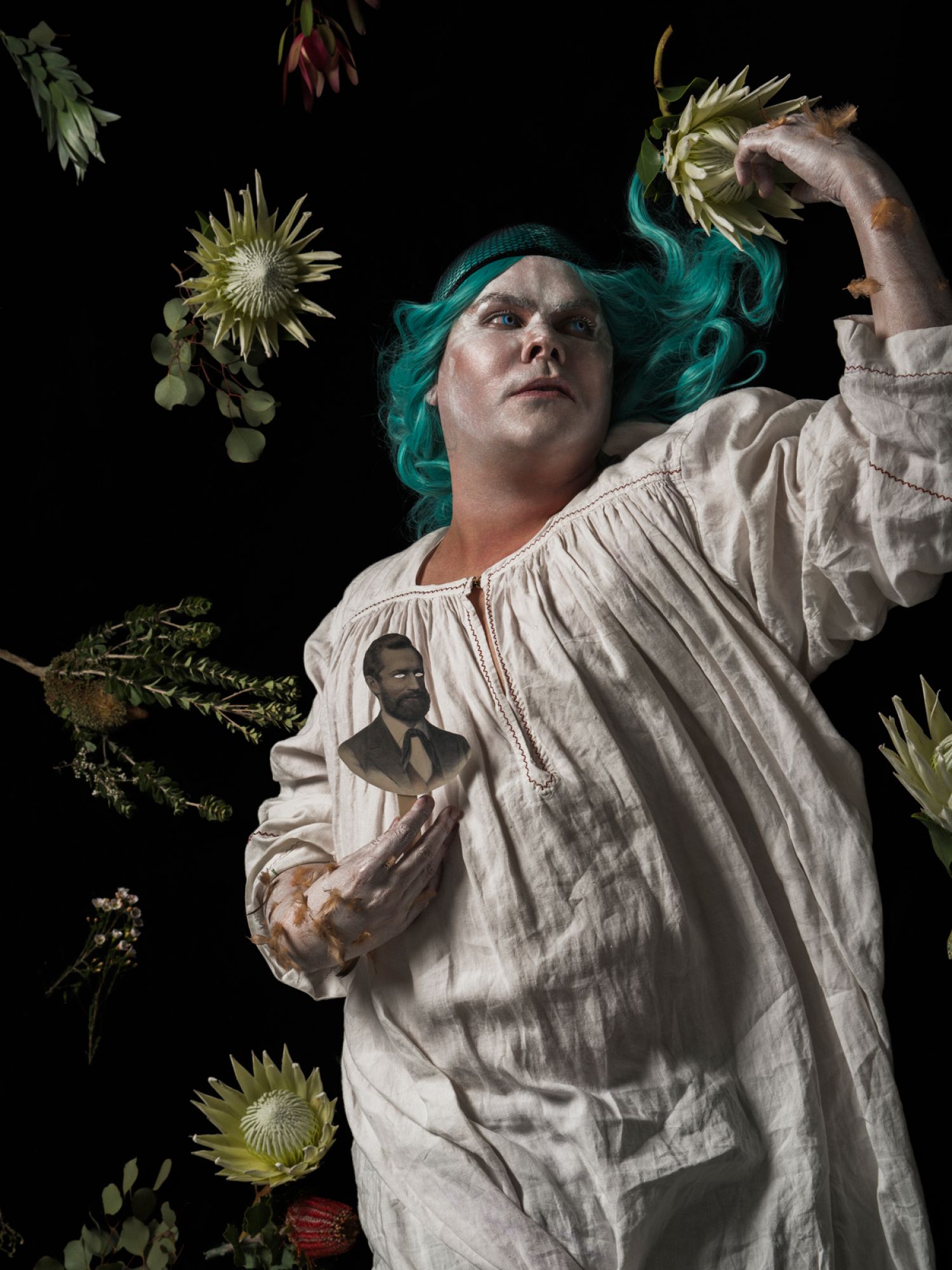
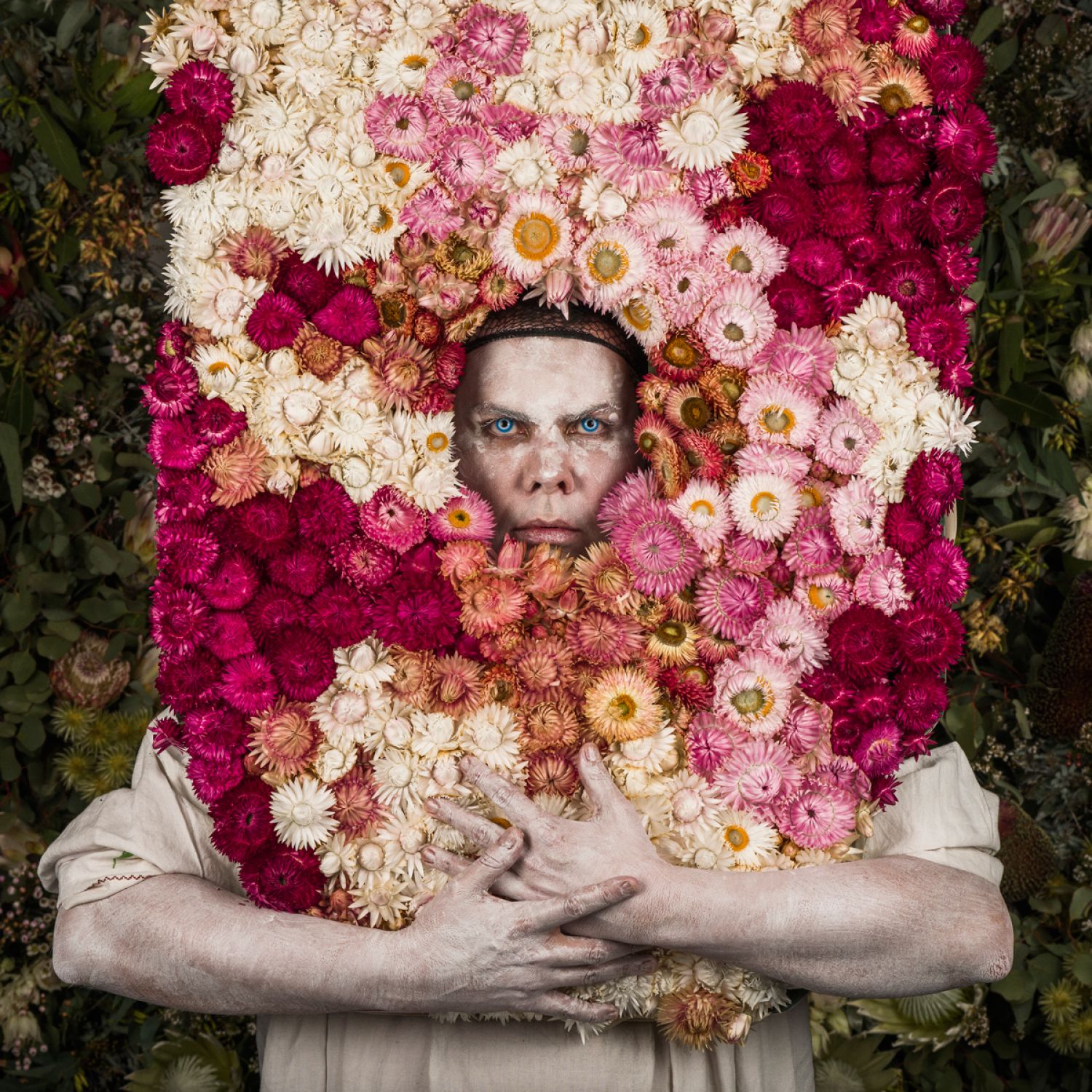
Christian Thompson’s digital photographic prints made over the previous decade could be stills from a morality play in which he performs the sole protagonist. Composed as overtly poetic allegories with quixotic themes from the comedic to the mock-tragic, they are thick with suggestion and references and ever open to interpretation. Arguably the oldest performance genre, solo story-tellers featured prominently in traditions as different as the tribal oracle and medieval travelling troubadour, and were even extraordinarily popular in Victorian entertainment – all periods that Thompson’s work references.
In his most recent series, Equinox (the equinox is when the sun shines equally on the earth’s northern and southern hemispheres), he plays a spirit figure that in each print is posed with Thompson’s signature baroque regalia. As if the burden of prophecy has left them resigned to the sad fate of humanity, these spirit figures are too lost in melancholic thought to notice us gallery spectators. This transcendental affect transforms the gallery into the pious space of the cathedral where we mortals seek atonement for our sins. One spirit ascends into the clouds, one is beatified in a halo of everlasting daisies that it wears like a large mask and another seemingly drowns in a sea of Australian natives. The other three prints are framed by proteas that blaze from the dark sky like Van Gogh’s stars, their hair tossed (I imagine) by the winds of an approaching storm. Cradled in their hands are the masks of three bearded besuited Victorian gentlemen, cut out from nineteenth-century prints. What, you wonder, is the moral of this play?
Ian McLean
–
Copy taken from Equinox exhibition essay by Ian McLean, Chair of Australian Art History at the University of Melbourne.
